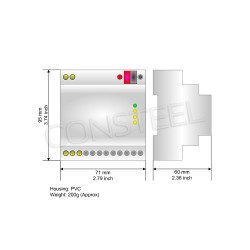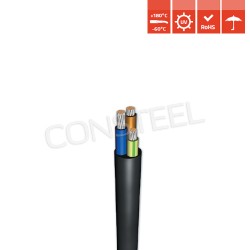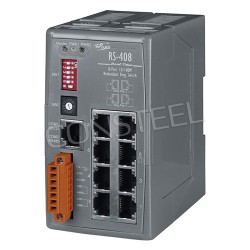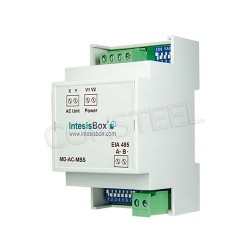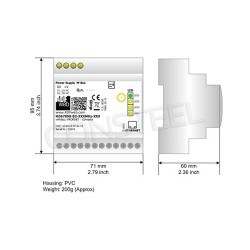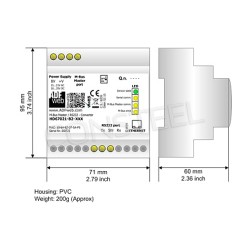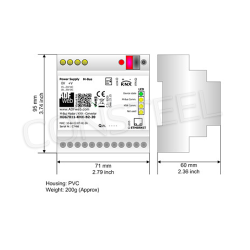Understanding DALI lighting control: increasing efficiency and flexibility
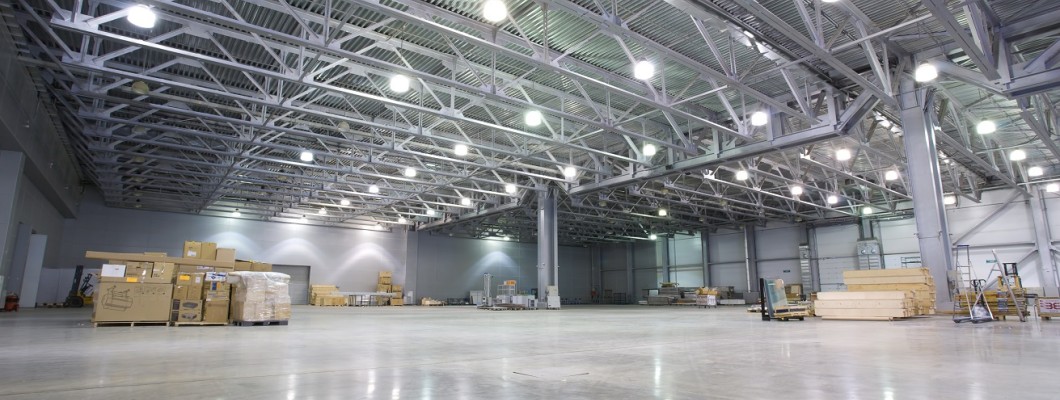
Understanding DALI lighting control: increasing efficiency and flexibility
In the Digital Addressable Lighting Interface (DALI) control system, it stands out as sophisticated and manual. Offering a communication platform for luminaires and output devices, DALI protocolsare revolutionizing the way we manage lighting in a variety of environments, from commercial buildings to residential spaces.

What is DALI?
DALI stands for digital addressable lighting interface, which is a standardized communication message for lighting control systems. When applied to the use of lighting configurations that rely on analog signals or proprietary protocols, DALI provides a robust digital platform for managing exclusive or groups of luminaires. With the DALI protocol, it is possible to create an intelligent lighting control platform and be integrated with other systems so that devices such as DALI gates , controllers or protocol converters .
How does DALI work?
1. Digital communication: At the core of DALI operations is the ability to communicate digitally. Using a two-wire bus, DALI enables bidirectional accessibility in front of switches (such as sensors, devices and dimmers) and luminaires. resistant to seamless interaction and coordination within the lighting system.
2. Addressing: the DALI protocol of the assigned control unit or control device in the control system with an address, usually in the range of 0 to 63. Ten addressing schemes allow control and detailed configuration, control of control and scene settings.
3. Commands: Devices that send a digital command over the DALI bus to execute specific luminaires. Commands cover a range of actions, including switching on/off fixtures, applying results (dimming), setting predefined scenes and checking status information.
4. Feedback mechanism: rejection from noteworthy DALI function is the ability to provide feedback and status reporting. Lighting fixtures can be sent to the end devices, energy consumption data and troubleshooting. This two-way communication facilitates computer use and proactive maintenance.
5. Flexibility and scalability: DALI systems are unmatched with scalability. Thanks to DALI's addressable architecture, new luminaires can be seamlessly integrated with specific devices without the need to change wiring. The system can be easily configured or expanded to accommodate changing lighting devices.
The benefits of DALI lighting control
Energy Efficiency: By enabling precise control over lighting intensity and scheduling, DALI helps optimize energy consumption and reduce waste. Dimming features allow users to adjust lighting levels based on occupancy and daylight availability, promoting energy conservation without compromising comfort or productivity.
Increased functionality: DALI opens the door to a myriad of advanced lighting features, including dynamic scene control, daylight harvesting and occupancy-based switching. These features enhance user convenience, improve occupant comfort and support a wide variety of lighting applications in commercial, hospitality and residential settings.
Easy installation and maintenance: With streamlined wiring and plug-and-play configuration, DALI simplifies the installation process for lighting systems. What's more, the ability to remotely monitor and diagnose the status of fixtures facilitates proactive maintenance, reducing downtime and operational disruption.
Compatibility and interoperability: As an open, standardized protocol, DALI ensures compatibility and interoperability across a wide range of lighting products from different manufacturers. This promotes market competitiveness and enables seamless integration with other building automation systems.
DALI applications:
DALI is widely used in various sectors, including:
Commercial buildings: Offices, retail spaces and hospitality venues benefit from DALI's dynamic lighting control capabilities, supporting a variety of lighting scenes, energy management strategies and occupant comfort.
- DALI is used in a wide range of sectors.
Industrial facilities: In manufacturing plants and warehouses, DALI enables efficient task lighting, presence-based control and integration with other industrial automation systems.
Residential spaces: DALI enables homeowners to create personalized lighting environments, including features such as mood lighting, automatic scheduling and remote control via smart devices.
- DALI allows homeowners to create personalized lighting environments, including features such as mood lighting, automatic scheduling and remote control via smart devices.
Exterior lighting: the DALI protocol can also be used in outdoor lighting applications such as street lighting, parks and architectural lighting. It enables remote monitoring and control of outdoor lighting fixtures to improve performance and maintenance.
Public spaces: DALI is used in public spaces, such as airports, train stations and convention centers, big-box stores, to manage lighting for both functional and aesthetic reasons. It allows for dynamic lighting effects and efficient management of large lighting installations.
Care centers: In a depot and care facility, there can be DALI to create a comfortable lighting environment for soldiers, people and visitors. Supports functions such as circadian lighting to improve patient well-being and recovery.
DALI is a key advancement in control technology that is uneven, efficient and functional. Using the use of digital and classical versions of the protocol, DALI enables users to use the lighting environment to suit their needs, optimizing energy use and operational performance. As out-of-date lighting evolves as a key aspect of modern architecture and building design, DALI protocols are innovative devices, setting the final solution, human-centered lighting devices.
.













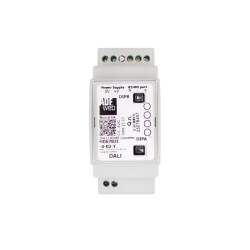
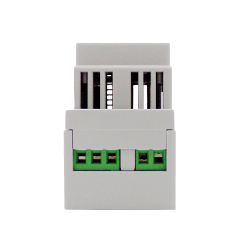
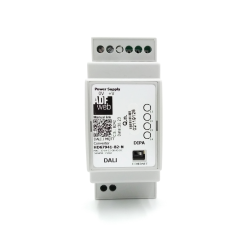

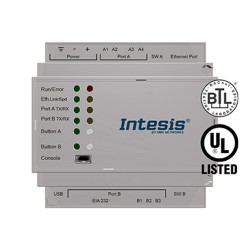














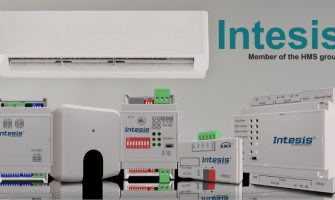
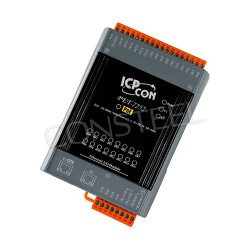
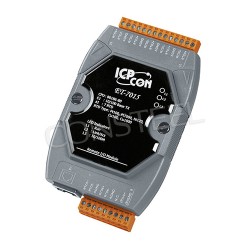
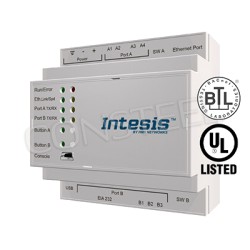
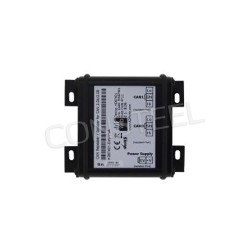
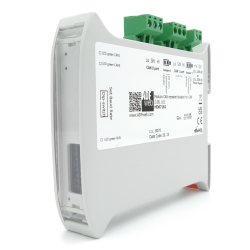
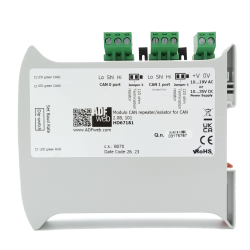
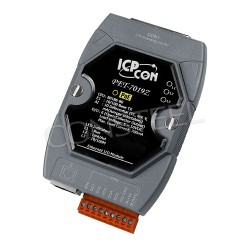
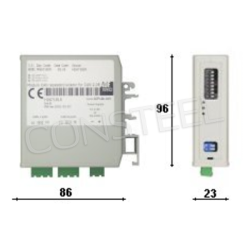
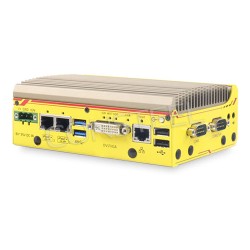
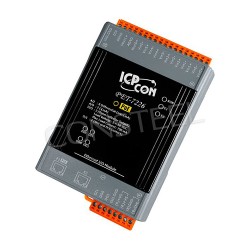
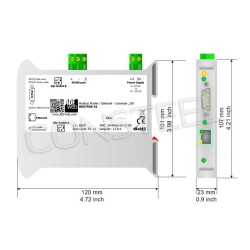
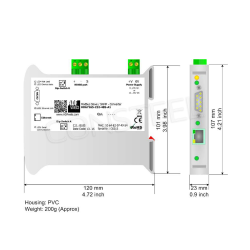
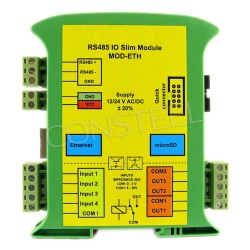
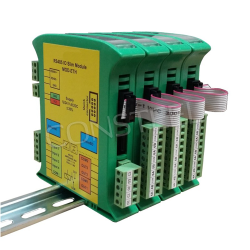
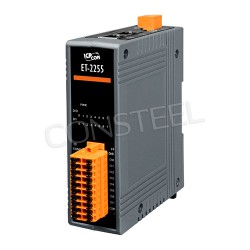

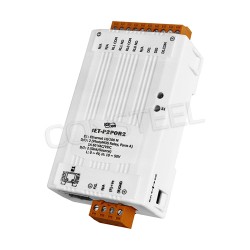
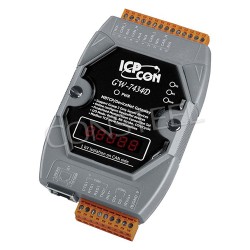
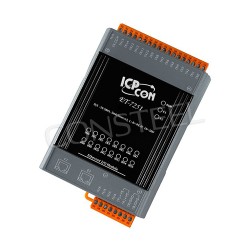
-DB-P(12-48VDC)-P-1-250x250h.png)
-DB-P(12-48VDC)-1-1-250x250h.png)
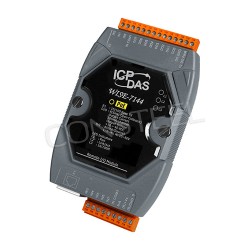

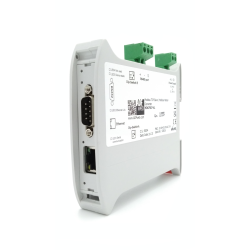
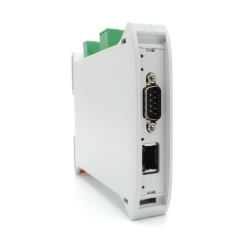
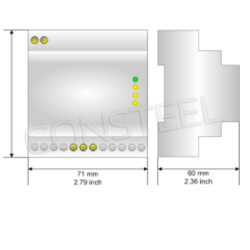
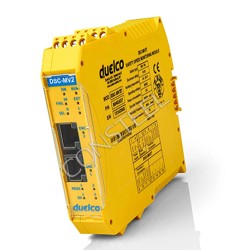
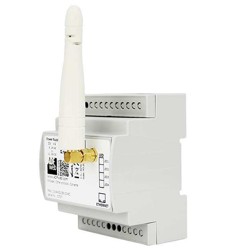
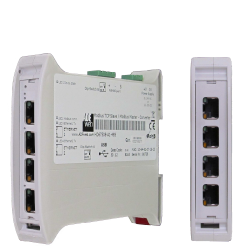
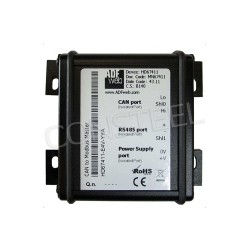
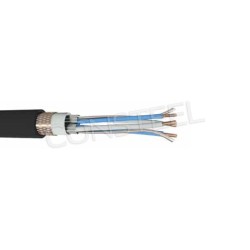
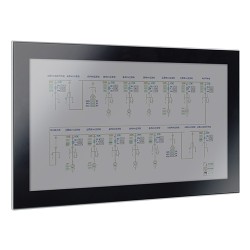
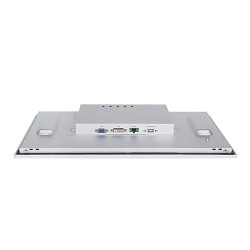
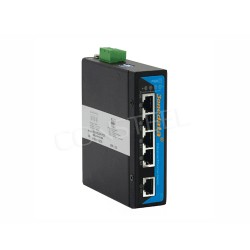
-DB-P(12-48VDC)-250x250.jpg)
